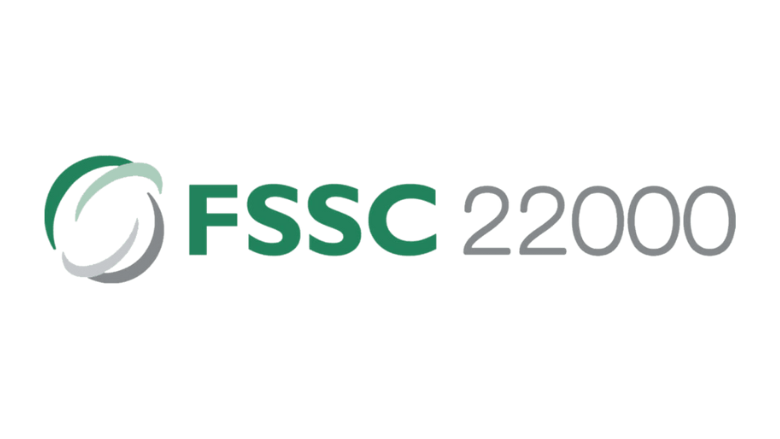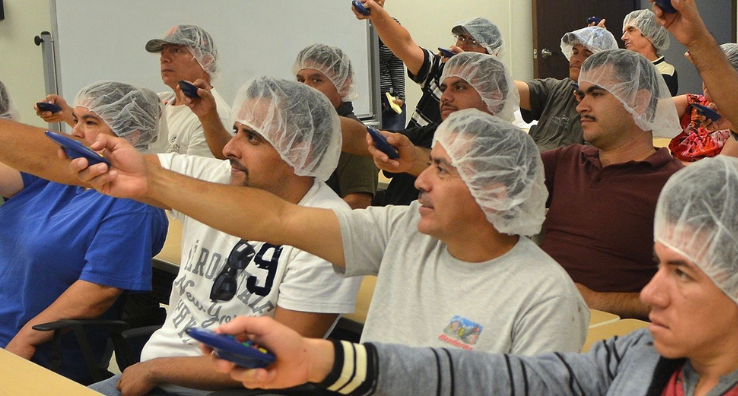Breaking Down FSSC 22000 Version 6: What You Need to Know

Change is on the menu in the food and beverage world and FSSC 22000 Version 6 is the latest dish to be served up. It’s not just an update, it’s a game changer for all organizations adhering to the FSSC 22000 certification program. Everyone under this program will be audited according to Version 6 update starting April 1st, 2024.
In this article, we’ll delve deeper into the key changes introduced in FSSC 22000 Version 6 and what these new changes mean to your organization. If you need further assistance after reading this article, contact the Intertek Alchemy food safety consulting team — they’ll be sure to answer any questions.
The Addition of Quality Control
One of the biggest key changes is that you have to incorporate a food safety and quality culture program (clause 2.5.8). The foundation eliminated the FSSC-Quality audit which means that the quality control section now becomes a key aspect of the scope of an FSSC audit. This is your cue to evaluate the quality control operations of your organization.
The new clause asks you to evaluate the quality of your product, not the quality of your system. Quality Process Control System (clause 2.5.9) is specific to the product and should include quality policy and objectives, parameters for product release including qc and testing, how you analyze and evaluate the results, quality control procedures, and start up and change over procedures for proper packaging and labeling.
The New Food Safety Culture Clause

One of the most important things to keep in mind for the new food safety culture clause (clause 2.5.8) is documenting your Food Safety and Quality Culture plan. Every company has a food safety culture whether they recognize it or not.
Your food safety culture and quality plan should include having specific training for food safety culture, employee engagement, how you gain feedback from your employees and measuring the performance of food safety (objectives, targets, and timelines).
You’re also going to need to have a food safety and quality policy statement. So you may want to dust those statements off and take a fresh look at them. Evaluate whether there is something that you want to make any revisions to or add some specific language around. Make sure you’re mentioning your food safety culture in this policy statement.
Jeff Chilton, VP Consulting and FSSC 22000 Implementation Training Specialist, recommends including a section in the policy statement that conveys how much, “employees are responsible for food safety and are highly encouraged to both report any food safety concerns they may have and provide feedback or suggestions for your food safety and quality management systems.” Providing your employees a way to report issues and creating an environment where they feel comfortable doing so is vital.
Food Fraud and Supply Chain Control
Recognizing the increasing prevalence of food fraud incidents, FSSC 22000 Version 6 introduces enhanced requirements for food fraud mitigation. Organizations must now conduct a comprehensive assessment of vulnerabilities to food fraud and implement measures to prevent, detect, and respond to fraudulent activities. This expansion underscores the industry’s dedication to ensuring the integrity of the food supply chain.
Version 6 places a greater emphasis on supply chain control, requiring companies to establish effective monitoring and verification mechanisms throughout their entire supply chain. This extends to both upstream and downstream partners, ensuring that food safety is addressed holistically, from raw material sourcing to end-product delivery.
Other Changes Worth Noting
Food loss and waste reduction (clause 2.5.16) is a new change. With this clause, you have to document your policies and objectives in order to show initiative. You have to be able to prove there are controls in place to manage donations, surplus products, or by-products from animal feed. There is also a need to comply with applicable legislation.
Another change is management of allergens (clause 2.5.6) that requires you to have a list of allergens on site with control measures identified and verification and validation of control measures. Followed by precautionary or warning labels used based on risk assessment, training to all relevant personnel, and program reviewed at least annually.
There is also now an environmental monitoring clause (clause 2.5.7). It is now required that there are risk-based assessments for relevant pathogens/indicator organisms, comply with customer/regulatory requirements and complete trend analysis with program review on an annual basis.
Implementation of FSSC 22000 Version 6 Best Practices
As organizations navigate the certification process under this new version, they have the opportunity to enhance their food safety management systems, foster greater transparency, and contribute to the overall integrity of the global food supply chain.
There are a number of other more intricate changes not mentioned in this article but we’ve covered some of the bigger changes you should know, especially regarding food safety culture.
That being said, here are some essential tips for implementation of the new update:
- Complete a gap analysis to identify changes needed.
- Document meetings with management on a standardized agenda with meeting minutes.
- Cascade the Food Safety & Quality Culture Plan throughout the organization.
- Update and add programs as needed and assure facility readiness.
- Use a third party to help with or verify compliance.
- Complete a formal internal audit to verify compliance of completed changes.
Embracing these new changes not only ensures compliance with the latest industry standards but also positions organizations as leaders in the pursuit of safe and high-quality food products. If you’d like to learn more about how you can be audit ready for FSSC 22000 Version 6, please contact the Intertek Alchemy Consulting team for more information.





